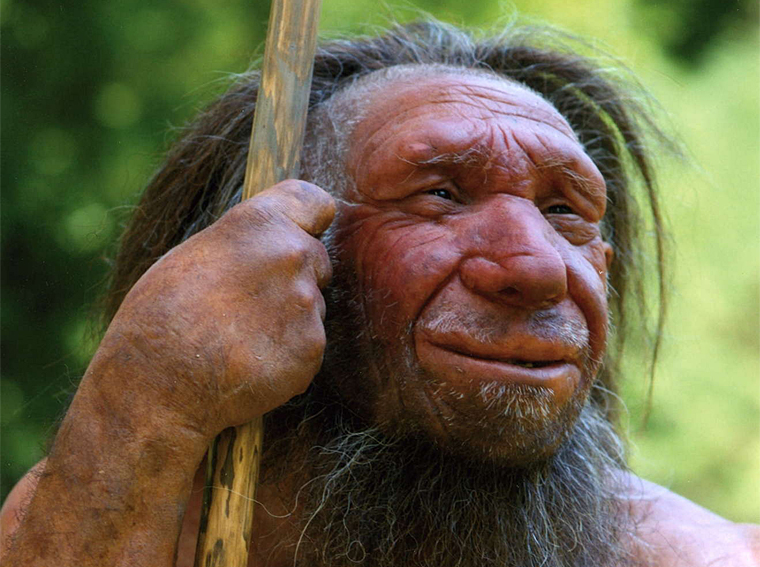
Abstract: Self-consciousness is the sustained delusion of self and other, the capacity for objectifying both thoughts and objects as if they exist in states of separation. While animals in general have the capacity to identify features of and interact with their environment, it does not appear that higher states of self-awareness are present, though some elements of seeming self-awareness do manifest, such as highly complex forms communication exhibited in species like whales, dolphins, and large primates. Written language, for example, has not been observed in any non-human species.
Self-consciousness manifests through thought and operation of imagination and its concomitant construction of “objective reality.” Image-making, naming, story-telling, pattern recognition and predictions of future events are all aspects of self-consciousness. The development of intelligence is a by-product of both individual and social experience and the persistence of memory.
The purpose of the experiment is purely investigative; namely, what are the circumstances and activities that arise due to self-consciousness and how does this arising effect the species and the environment?
Test Subject: The bipedal hominid primate walks upright; opposing thumbs and digital dexterity combined with fine motor skills and well-developed sensory capabilities of sight, sound, taste, smell and touch make the test subject particularly well-adapted to the experiment. The subject’s inherent biological imperatives of self-survival, hunger, urge to reproduce, and need to sleep are primordial and form an underlying matrix inextricably connected to emotional life. Observing the degree to which self-consciousness affects and interacts with this underlying matrix is a major part of the experiment.
Test Environment and Duration: The test environment includes immersion in the natural world, a global experience of land, water, weather, vegetation, animal life, microbes and mineral resources. Variation in environmental conditions is integral to the experimental set-up, in order to determine the ways in which self-consciousness adapts to circumstantial variables. The duration of the experiment is open-ended; a test period of several million years is likely. Conclusion of the experiment will occur when and if the human species experiences extinction.
Observations to Date: Some of the earliest manifestations of human self-consciousness are evidenced in cave paintings roughly 50,000 years old. These reveal the emergence of an imagistic, metaphysical “reality” and one of the first graphic appearances of magical thought, wherein representation or signification was developed as invocation, during the “savage” or “primitive” period of expression of human self-consciousness. Language directly bears on this matter of invocation, wherein name and object are perceived as one and the same. The “savage” aspect of human self-consciousness expressed through image-making has continued unabated into the present through forms of art.
Less favorable to the species and the environment has been development of technology, the extension of human sensory capabilities through the use of tools or media. Weapons, in particular, have steadily increased in sophistication, to the point that they now can destroy all life on planet earth. Of perhaps greater impact has been the effects of objectification; money, consumer products, and the resultant exploitation of earth’s resources threaten species extinction.
Preliminary Conclusions: While some humans have realized the true nature of self-consciousness and have attempted to awaken other humans from the delusion of self and other, the vast majority remain unaware of this deeper reality or entrenched in deep denial. Accordingly, the human experiment may be nearing its conclusion.